Corporate Cooking May Be “Cooking Your Goose”

I’m a long-time fan of Michael Pollan, author, journalist, food activist and professor of journalism at UC Berkeley Graduate School of Journalism. His books “The Omnivore’s Dilemma” and “In Defense of Food” played a major role in raising my awareness of the unhealthy nature of our food industry.
His clever, simple and straightforward book, “Food Rules: An Eater’s Manual”, is one of the best $15 investments one can make toward developing a healthy lifestyle through dietary habits. Eighty-three simple rules for eating better.
All of them simple – but simply overlooked in our corporate-dominated food-supply environment.
Here are a couple of rules from the book:
Rule # 20: Don’t Ingest Foods Made in Places Where Everyone Is Required to Wear a Surgical Cap.
Rule # 21: If It Came from a Plant, Eat It; If It Was Made in a Plant, Don’t.
Pollan has not strayed from his quest to get the truth out about the dark side of our food industry. Click on this Pollan Youtube video to get a sampling of some of the behind-the-scenes deception that goes on in big corporate food.
How ’bout the comment toward the end of the video: “Evidence shows that poor women who cook have healthier diets than wealthy women who don’t”.
Ouch!
Convenience at the expense of health
We look to and expect corporations to do more and more things for us in the name of convenience and saving time. And generally, they continue to do a good job. One can hardly argue against Alexa, self-propelled lawnmowers, GPS, Google, fast food – oops. We have to stop there.
Fast food tilts the wrong way on the risk-reward scale of convenience. Definite time-saver; definite health risk.
I’m sure you get tired of hearing it:
- Two-thirds of the American population is overweight; one-third of American men are obese.
- Type 2 diabetes, which is largely attributable to dietary habits and was virtually unheard of 40 years ago, has now reached epidemic proportions in the U.S. and is now showing up in children. According to our own American Medical Association, half of our American population is either diabetic or pre-diabetic and 70% don’t know it.
- The five major killer diseases in our country remain unchanged: heart disease, stroke, cancer, diabetes, and dementia – all highly attributable to what we put in our mouths.
You’d think maybe we’d start paying attention at some point before individual health crises hit. But it doesn’t appear that we really care – or know enough to really care.
Our taste buds have been hijacked by the food industry.
 Pollan refers to the research that the industry does to determine and then feed our “craveabilty”. We know it centers around clever manipulation of sugar, salt and fat. Once we are hooked on that deadly combination, so cleverly baked (pun, yes) into processed foods, it’s hard to break away.
Pollan refers to the research that the industry does to determine and then feed our “craveabilty”. We know it centers around clever manipulation of sugar, salt and fat. Once we are hooked on that deadly combination, so cleverly baked (pun, yes) into processed foods, it’s hard to break away.
I’ll attest to it. My diet is now 95% plant and whole-grain based. At a recent family gathering, I succumbed to eating a cheeseburger and a brat. With the brat, it was like I had died and gone to heaven!! My taste buds were reveling in my sin!
That evening, and into the next day, I felt like crap! My taste bud cells had loved it – the rest of my cells apparently felt assaulted.
Corporate cooking vs home cooking
Pollan confirms big food manufacturer’s focus on profitability at the expense of our health. The same holds true for most restaurant food, especially the fast-food type, themselves the purveyors of much of this manufactured, processed food. Research has shown that restaurant food generally is as much as 26% higher in calories than food cooked at home. And the food is often calorie-dense and high-glycemic because that’s what people crave, contributing to blood sugar spikes.
Nonetheless, as I pointed out in a previous blog, we love the convenience (and taste bud gratification) of eating out. 2015 was the first year that Americans spent more eating-out than they did cooking at home.
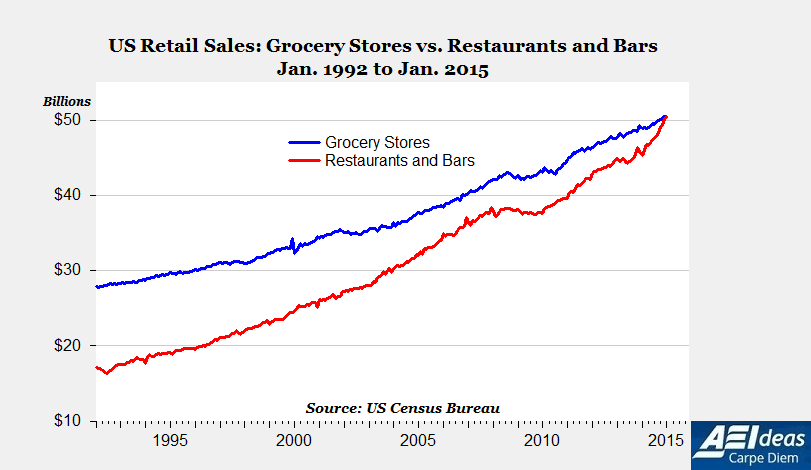
Actions have consequences. We’re getting bigger, but not any taller.
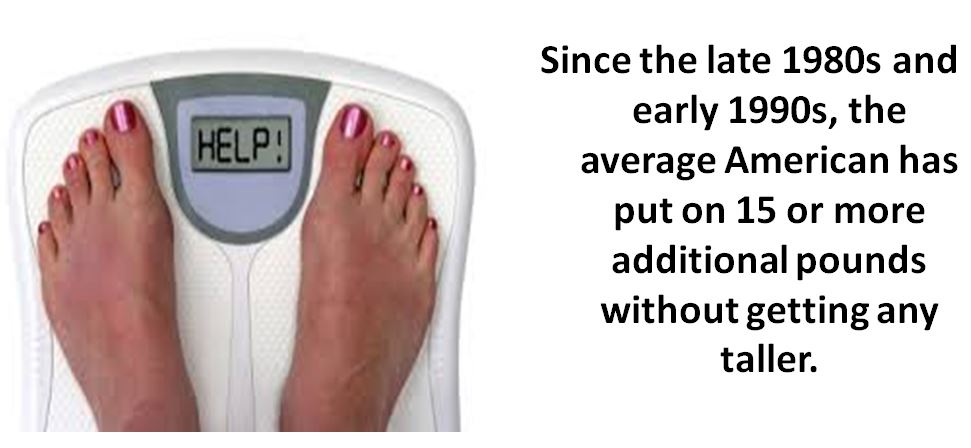
So, I guess it’s not rocket science to tie most of this together. We’re getting fatter, less healthy and dying way too early while corporate and restaurant cooking increase their share of our diet.
Pollan says it beautifully in “Food Rules”, p.9: “What an extraordinary achievement for a civilization: to have developed the one diet that reliably makes its people sick.”
Enough rant, already – solution, please!
Again, Pollan makes it simple with the phrase for which he is best known:
“Eat food, not too much. Mostly plants”.
So, the solution, thus described, is really quite simple. Easy? Not so much.
Following the discovery in 2016 that I have some cardiovascular disease (CVD) in the form of fairly significant arterial calcification, I’ve eliminated meat and dairy (OK – 99% of it – the brat exposed me), eat very little chicken (may be worse for me than meat) and drastically reduced my intake of anything made with white flour (fiberless and non-nutritional). A sugared drink hasn’t passed my lips in years (including fruit juice, energy drinks). And I’ve worked harder at staying hydrated.
Easy for me? Not really, but probably easier than for most. Why? Three reasons:
- A minor health scare when the heart scan report came back. The heart scan informed me that a price is being paid for six decades of inattention to a healthy diet and that rocked my world enough to want to understand why and what can be done about it.
- A mindset reinforced by knowledge. My research into documented proof of heart disease reversal helped me develop a mindset dedicated to habit changes that will enable me to, at a minimum, stop the calcification and possibly even reverse it.
- I sleep with a fantastic “gatekeeper”. My wife controls what leaves the grocery store and goes into our fridge and pantry. She’s been ahead of me for years on the importance of keeping our food stock devoid of what we know is unhealthy and full of what we’ve learned is healthy.
 But, don’t do what I did – please! Don’t wait for some health scare before you educate yourself and adopt better eating and other health habits. Begin now to exercise “self-efficacy” and take control of your health and become knowledgeable how your body works and what it takes to make it work optimally. And, if possible, get on the same page with your spouse or partner on what is good for you. If that won’t work, take charge and become your own gatekeeper.
But, don’t do what I did – please! Don’t wait for some health scare before you educate yourself and adopt better eating and other health habits. Begin now to exercise “self-efficacy” and take control of your health and become knowledgeable how your body works and what it takes to make it work optimally. And, if possible, get on the same page with your spouse or partner on what is good for you. If that won’t work, take charge and become your own gatekeeper.
Your life depends on it.
You can find deeper content on all this in my free e-book entitled “Achieving Your Full-life Potential: Five Easy Steps to Living Longer, Healthier and With More Purpose”. Access it here www.makeagingwork.com
Also, scroll down and leave us a comment or your thoughts on this topic. We love your feedback.




 It’s a tough journey, this self-discovery trip.
It’s a tough journey, this self-discovery trip.


 So, as I write, I’m a confessing “bad-ass, obnoxious, sarcastic, audacious-ager” intent on sliding home at 100 or later like Pete Rose slid into second! My ”fearful and wonderful life within” means I have a voice and the messy story that has been my life is my message, warts and all.
So, as I write, I’m a confessing “bad-ass, obnoxious, sarcastic, audacious-ager” intent on sliding home at 100 or later like Pete Rose slid into second! My ”fearful and wonderful life within” means I have a voice and the messy story that has been my life is my message, warts and all.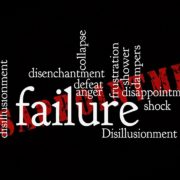

 The date arrives. Jubilation! Liberation!
The date arrives. Jubilation! Liberation! :
:

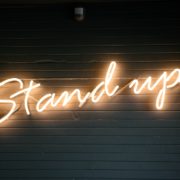
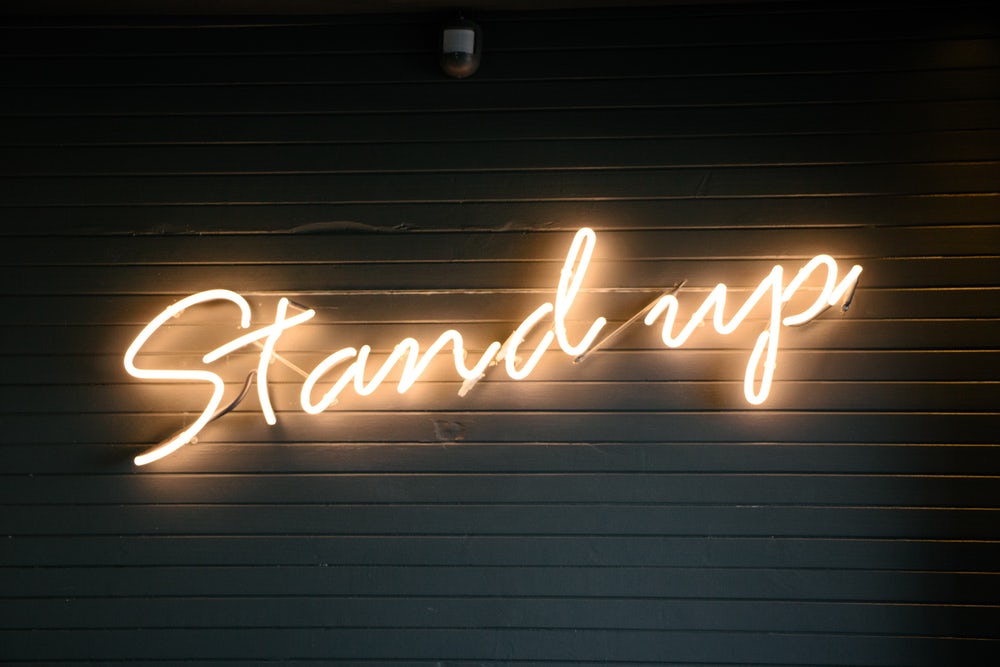
 Words count.
Words count. 

